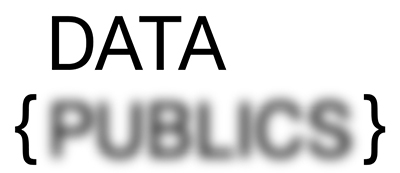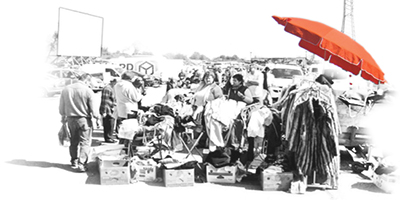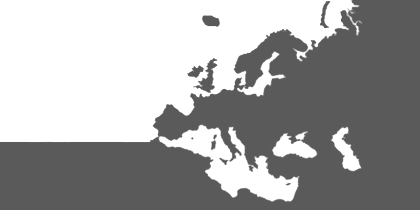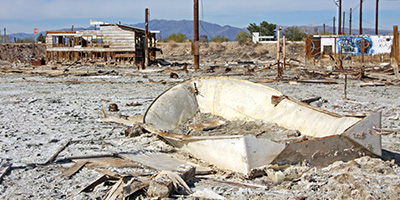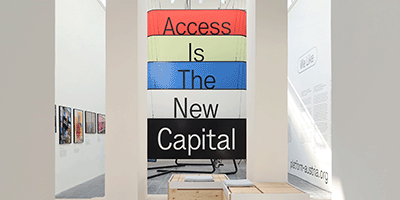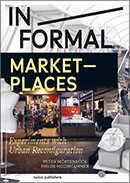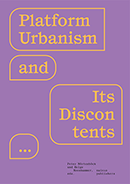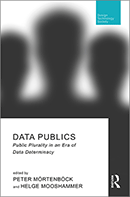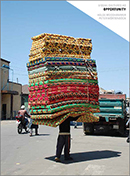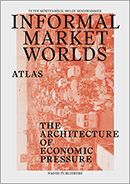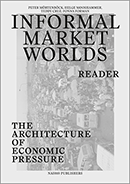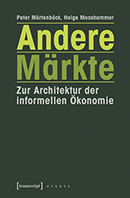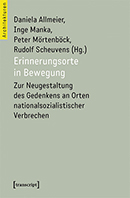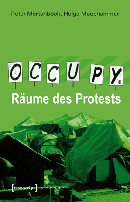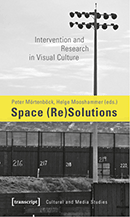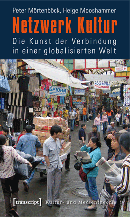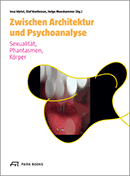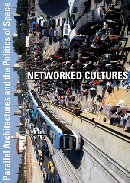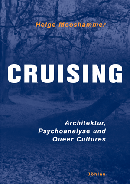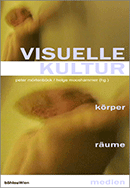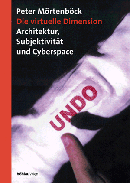RESEARCH
DATA PUBLICS
-
Public plurality in an era
of data determinacy
OTHER MARKETS
--
Mapping typologies and conditions of informality:
How informal markets intersect with global governance
NETWORKED CULTURES
--
The struggle for new forms of artistic practice in an era of global deregulation
WORLD OF MATTER
--
An ecological view on resource politics
SEA OF MARBLE
--
Looking out to the sea: A navigational convergence on the imaginary and the realities of the sea
EXHIBITIONS
La Biennale di Venezia - 17th International Architecture Exhibition 2021
XX Architecture and Urbanism Biennial - Chile 2017
Ephemeral Urbanism
World of Matter
@ HMKV Dortmund
@ James Gallery New York
@ Ellen Gallery Montreal
@ Nash Gallery Minnesota
Networked Cultures -
documentary
Gunners & Runners
Trading Places
Networked Cultures
Gone City
Temporary Zones
Operation Desert
You'll Never Walk Alone
Networked Cultures
documentary 2008
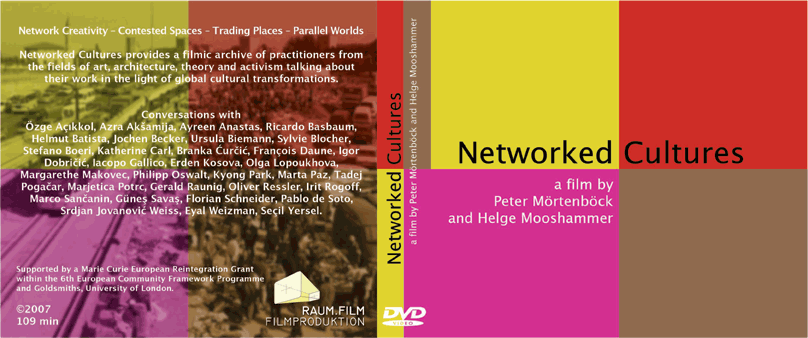
Networked Cultures provides a filmic archive of conversations with practitioners from the fields of art, architecture, theory and activism.
Grouped in four chapters they talk about their work in the light of global cultural transformation:
Network Creativity
Azra Akšamija, Stefano Boeri, Katherine Carl, Branka Curćić, Olga Lopoukhova, Margarethe Makovec, Kyong Park, Marjetica Potrc, Irit Rogoff, Florian Schneider, Srdjan Jovanović Weiss
Contested Spaces
Ayreen Anastas, Ursula Biemann, Stefano Boeri, Erden Kosova, Marta Paz, Pablo de Soto, Eyal Weizman
Trading Places
Helmut Batista, Ursula Biemann, Philipp Oswalt, Tadej Pogačar, Marjetica Potrc, Oliver Ressler, Irit Rogoff
Parallel Worlds
Özge Açıkkol, Ricardo Basbaum, Jochen Becker, Sylvie Blocher, François Daune, Igor Dobričić, Iacopo Gallico, Marco Sančanin, Güneş Savaş, Seçil Yersel
DVD-Video, 105 min, 2008
editing and graphic design: Ines Weber
produced at Raum.Film
production: Peter Mörtenböck & Helge Mooshammer
exhibited @
The Israeli Center for Digital Art, Holon, 2006
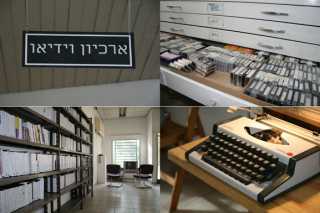
as part of the Video Archive series of exhibitions at the Israeli Center for Digital Art in Holon. The Israeli Center for Digital Art is a dynamic platform for thinking, researching, producing, presenting, and analysing contemporary art, as well as providing a meeting point for exchange between contemporary artists, curators, critics and the public.
Livestream on dance-tech TV, New York, 2010
From 6th to 20th January 2010, the Networked Cultures documentary can be watched on dance-techTV, an online collaborative video broadcast curated channel dedicated to interdisciplinary explorations of the performance of movement. The channel is open to everybody on http://www.livestream.com/dancetechtv
After this date Networked Cultures will be available in dance-techTV’s on-demand library:
Sign in to dance-tech.net
exhibited @
COMMUNICATION NETWORKS - Art Institutions and New Publics
Mestna Galerija, Ljubljana
11 March - 11 April 2010
Concept by
Alenka Gregorič & Bojana Piškur
Visual Notes by
A Gentil Carioca, Rio de Janeiro
P74 Center and Gallery, Ljubljana
Center for visual culture, Museum of Contemporary Art, Belgrade
ICA -Sofia
MGML, Mestna galerija Ljubljana
Museum of Modern Art, Ljubljana
Museum of Modern Art, Warsaw
Open Space, Vienna
The Israeli Center for Digital Art, Holon
Artists
Botner and Pedro / Guga Ferraz / Laura Lima / Ernesto Neto / Alexandre Vogler Vesna Bukovec / Mina Petrović & Vera Backović / Bik Van der Pol / Sabine Bitter & Helmut Weber / Aleksandar Dimitrijević / Dubravka Sekulić & Dunja Predić & Davor Ereš / Sanja Jovović / Jakob Kolding / Stefan Römer / Dušan Šaponja & Dušan Čavić / Mark Terkessidis / Milica Lapčević & Vladimir Šojat / Kalin Serapionov / Boštjan Bugarič, Domen Grögl / Apolonija Šušteršič / Peter Mörtenböck & Helge Mooshammer / Avi Mograbi / Haim Ben Shitrit / Erzen Shkololli / Boaz Arad / Fikret Atay
At the present, when virtually all institutions operating in the sphere of culture are primarily concerned with statistics about the numbers of their visitors, the strategies and marketing tactics to increase these numbers and attract more and more sponsors at the same time, it has become almost obsolete to speak of the “subjects” who make up these numbers, that is, the visitors to the various cultural and artistic events - the museum public.
Until recently, focus was placed on the progressive idea that an art institution should relate to its broader social sphere. This concept was largely based on the humanist-positivist notion of society as multicultural, where the differences between people disappear or are “neutralized” precisely in the so-called open spaces. Such strategies included, on the one hand, participatory and socially engaged projects, various practices of opening the museums and galleries to the “other publics” (marginalized groups, the underprivileged, minorities, etc.), and on the other hand, programs that focused primarily on entertainment and similar themes. The idea was therefore to create new publics, some kind of “cloakroom communities,” which would, through these kinds of art projects, create, for the duration of the spectacle, the idea of a temporary community. This related to both the idea of opening up the museum spaces and the demand for increasing the number of visitors.
But there is only one kind of visitors to museums and galleries – the museum-gallery public. By the very nature of their work, art institutions are quite particular: they are spaces that function as open and sensitive to diversity, but only within their own boundaries. Thus, immediately upon entering the physical space of a museum or gallery, visitors are faced with a special system of invisible codes and supervision that dictates their behavior, movement, and, last but not least, their thinking. Every art institution’s “ultimate public” would therefore have to engage in direct and conflictual relations with the institution and the system and resist the predominant knowledge production.
One of the “missions” of a progressive art institution today is therefore to create new communication networks, both within its local environment and in a broader sphere, with other networks in what is called “transversal linkage.” This takes no predetermined form, but is constituted on the basis of events, various alliances or associations and temporary organizations, and relates, in its underlying idea, to the production of other subjectivities.
For this reason we are interested in the following:
What kind of strategies and dynamics of work involving several situations, institutions, and discourses are not identified by or subject to these spaces? How can networking be set up in environments that are very specific? How can a new art institution establish itself in a given space? How can long-term associations with the local environment be established? How can the traps of multicultural exoticism be avoided?
EVENTS:
FRIDAY, MARCH 12
12 am: Guided tour of the exhibition with guest artists and curators.
2 – 3.30 pm: Presentations
Tadej Pogačar - P74 Center and Gallery, Ljubljana
Eyal Danon - The Israeli Center for Digital Art, Holon
Márcio Botner, Guga Ferraz, Laura Lima, Alexandre Vogler - A Gentil Carioca, Rio de Janeiro
Iara Boubnova – ICA, Sofia Gülşen Bal - Open Space, Vienna
Moderatorka / Moderated by Alenka Gregorič
3.30 pm: Coffee break
4 –5 pm: Presentations
Zoran Erić - Center for visual culture, Museum of Contemporary Art, Belgrade
Adela Železnik - Museum of Modern Art, Ljubljana
Ana Janevski - Museum of Modern Art, Warsaw
Alenka Gregorič – MGML, Mestna galerija Ljubljana
Moderated by Bojana Piškur
5 – 6 pm: Discussion
Guided tour, presentations and discussions will be held in English.
THURSDAY, APRIL 8
At 6 pm public talk with Barbara Goličnik Marušić, Phd (The Urban Planning Institute): Behavioral maps.
At 7 pm public talk with Boštjan Bugarič, Phd: Mental behaviour for understanding the City.
The project has been supported by Embassy of the Federative Republic of Brazil.
_top
BOOKS
